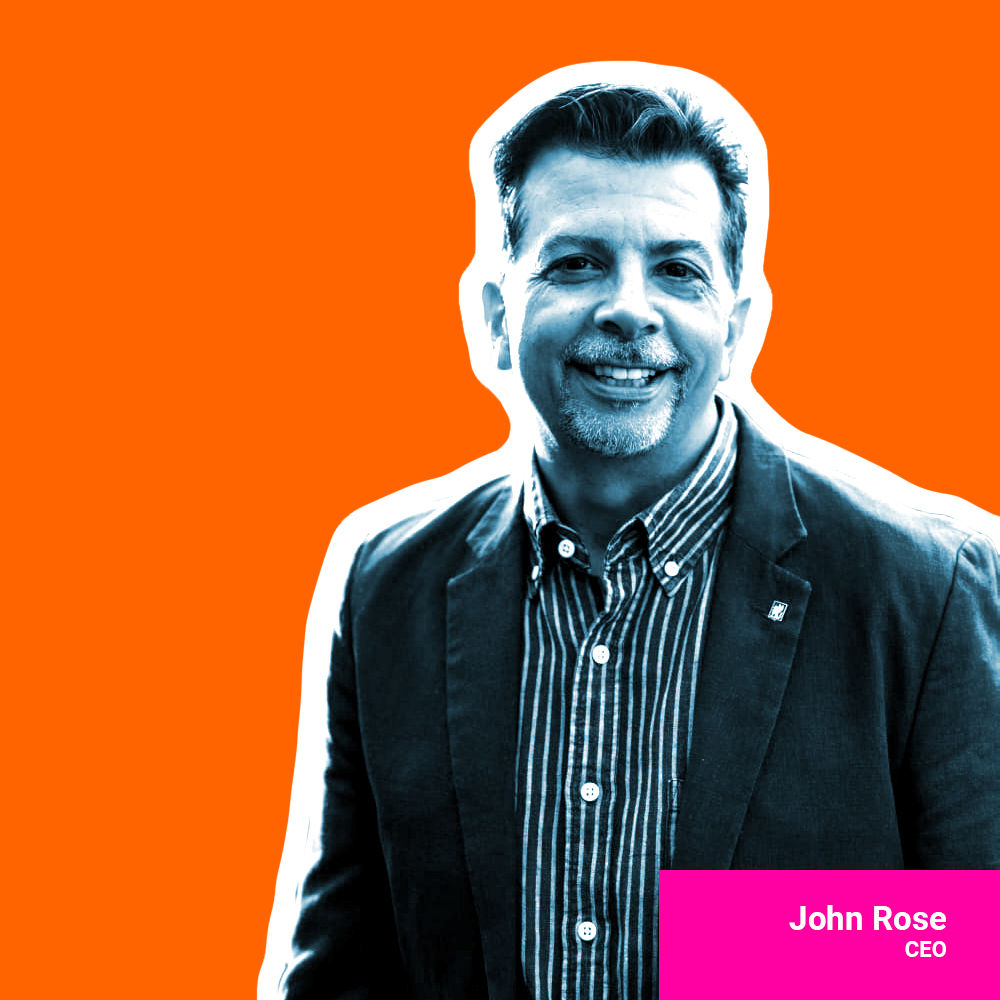Think Small. Big Results From Small Influencers
There’s a great scene in the 1982 film: “My Favorite Year”, where Alan Swan, a character loosely based on Errol Flynn and played by the brilliant Peter O’Toole, blurts out in a fit of self-realization: “Damn you! I’m not an actor, I’m a movie star!”
The power of celebrity is intoxicating. Society has always found a fascination with fame that often transcends the talent, intellect or ability of the person behind it. We may admire a great musician or actor, but we absolutely adore rock stars and movie stars, and are ravenous for any morsel we can consume from their lives. And we have done so since the advent of modern communications and media — first through fan magazines, then newsreels, then TV shows, then reality TV shows, then the Internet, which created its own celebrities in the form of influencers.
We are even content to admire people who are only famous only for being famous. Apparently, all we need to know about someone to get our attention, is that this particular someone already has the attention of lots of other someones. It doesn’t make a whole lot of sense when you think about it. That’s just how it is.
Since the dawn of advertising, marketers have been trying, in one way or another, to coopt this fame and use it to sell everything from soda pop to sportscars. This is based on the not so clandestine premise that “if you like this guy, and he likes our product, then you’ll like our product too.
Enter the advent of influencer marketing. According to the Social Media Influencers survey conducted by YouGov, 85% of respondents in the UAE and KSA follow social media influencers. That’s a lot of people looking to be influenced. And it’s working. 73% of consumers say have purchased from a brand or tried a service recommended by an influencer, and 73% discover new trends by following them.
So, should you employ influencers for your brand? Is it as simple as just paying a celebrity to endorse your products to their followers? Yes, if you want to achieve awareness among a large mass audience quickly, and you have the budget, by all means employ a celebrity, a “mega” or “macro” influencer. But if your goal is to engage and sell to your audience in the near term, your brand may be better served by a team of micro- or even nano-influencers.
That’s because it’s not the number of followers they have. In fact, content is more important than the number of followers an influencer has, with 70% following an influencer due to interesting content. This is why partnering with micro-influencers can be more effective than the macro, so-called celebrity, influencers.
While mega-influencers have over 1-million followers and macro-influencers have between 100k and 1-million followers; micro-influencers are individuals who have between 10K and 100K followers and nano-influencers have less than 10k followers. Micro- and nano-influencers replace fame with authenticity and tend to be experts in their niche. That’s how they deliver relatable and consistent content that resonates with their audience.
They are refreshingly more accessible and less mercenary than larger influencers, making them more approachable and more willing to negotiate an equitable arrangement. They also have a more engaged audience, as opposed to the 79% of respondents who have unfollowed social media influencers due to increased promotional content and conflicting values and ethics. That’s why their followers are more likely on a percentage bases to purchase the products they endorse.
They also offer personalized and niche targeting. If you’re looking to reach a specific audience, a micro- or nano-influencers may be the way to go. They also help establish trust. Consumers prioritize honesty and credibility in influencers, with 73% being able to tell if content is paid for or authentic, and 59% being less likely to trust paid reviews. Smaller influencers offer authentic content that is less likely to come across as promotional.
Examples Of Brands Effectively Using Smaller Influencers
Glossier, the minimalist beauty brand, believes that every customer can be an ambassador for their products. They’ve created a community of over 500 ambassadors who share their beauty routines and favorite Glossier products, while being ‘paid’ in free products, discounts and other incentives.
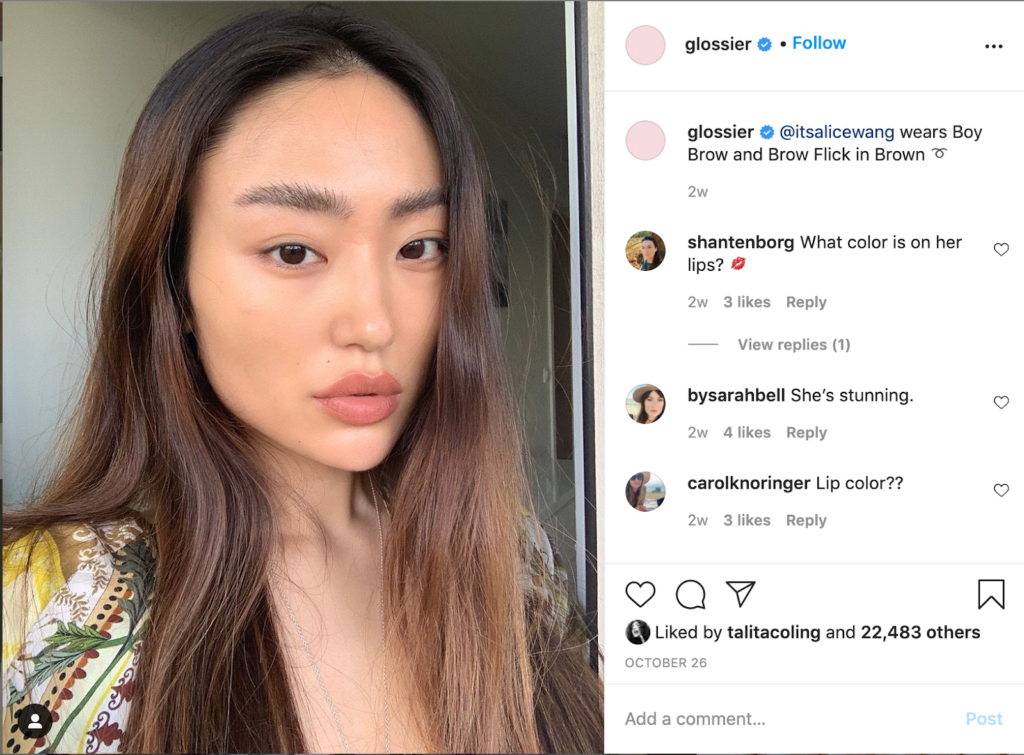
Tom’s of Maine, a natural health brand, found a creative solution when they couldn’t afford to pay influencers.They turned their super fans into brand advocates by offering free products, exclusive discounts, and early access to new launches.
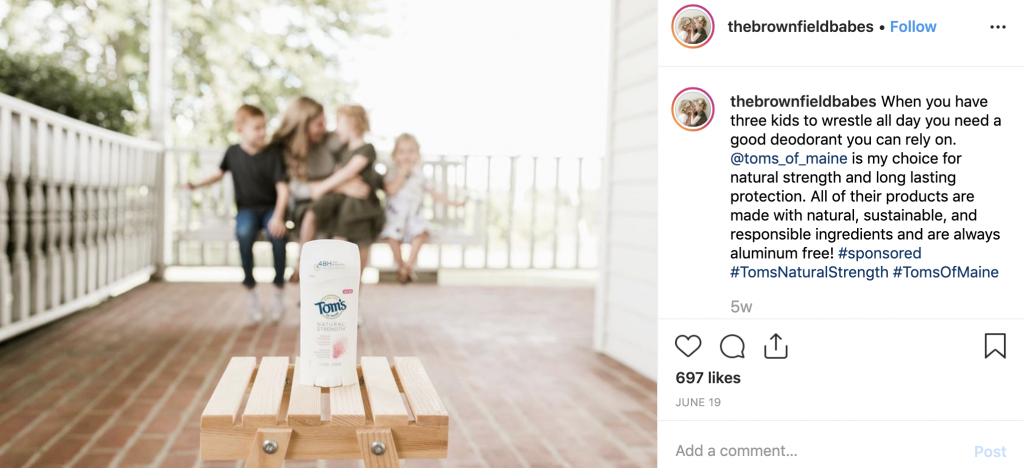
Coca Cola partnered with food and travel influencer Miette Dierckx and 11 other Belgian influencers to create authentic content for their brand. By choosing influencers who fit their niche but also aligned with their brand values, Coke created a promotion that felt genuine and appealing to their target audience.
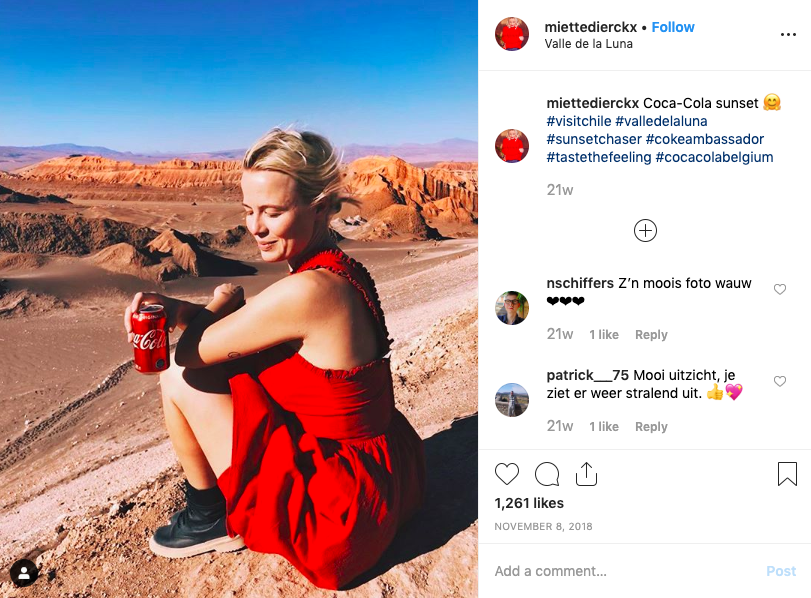
Sperry, famous for the boat shoe, launched an influencer campaign to promote their cold, wet weather shoes while also elevating their fashion appeal. They combined macro- and micro- influencers by working with highly engaged fashion influencers for the first week, then enlisted brand enthusiasts for earned social posts in the second, extending their reach.

Toy maker Mattel re-launched the Polly Pocket, a popular toy from the 1990s, and partnered with influencers who remembered playing with the original version. Mom blogger Peace Love and Mommy shared sponsored posts of her daughter playing with the toy, tapping into her followers’ sense of nostalgia
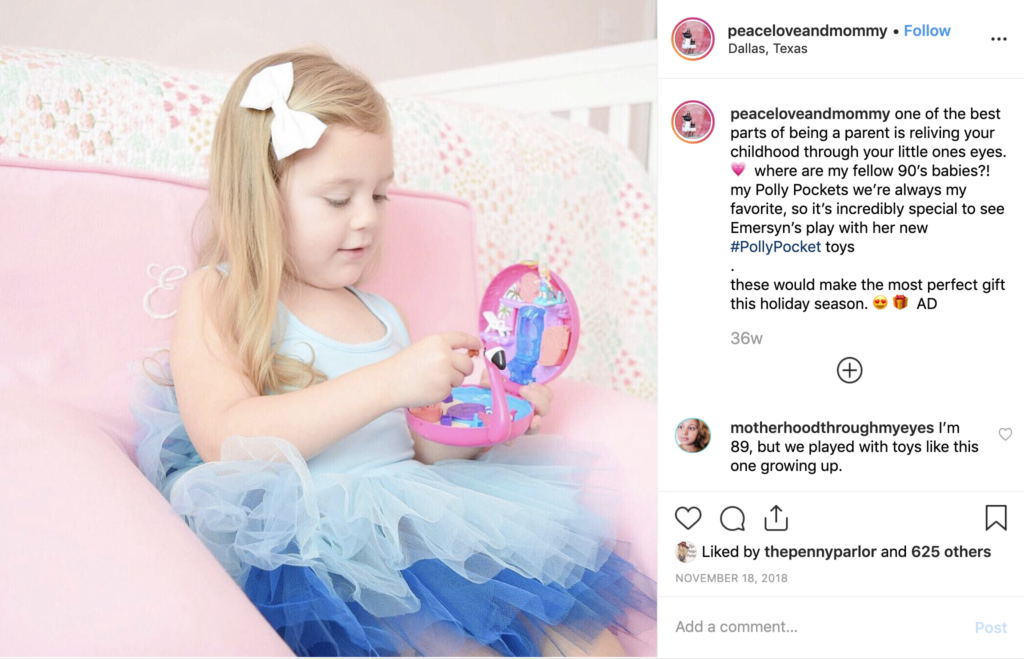
How To Find Elusive Micro- And Nano-Influencers.
Of course, it is generally more time-consuming to identify and engage micro- and nano-influencers. But the result of recruiting a small army of loyal and passionate smaller influencers vs the relatively easy task of hiring a single, often spoiled celebrity, can be well worth the effort. Here are a few ideas on how to identify relevant micro-influencers.
Influencer Marketplaces & Platforms. Check out platforms like Infuence.co or AspireIQ that allow you to search for influencers based on location, niche, and other factors.
Hashtags. This is a great way to find influencers who are already posting about topics related to your brand. You can also check your own followers to see if there are any micro- or nano-influencers among them. They may be following your brand without you even realizing it.
Location Tags. If you’re looking to target a specific geographic area, you can search for influencers who are based in that area.
Key Words. By searching for keywords related to your brand or niche, you can find influencers who are already posting about those topics.
Industry Events. Attend industry events and keep an eye out for individuals who are active on social media and have a strong following.
Social Listening. By monitoring social media conversations related to your brand or niche, you can identify individuals who are active in the space and have a strong following.
Follower Lists. By examining an influencer’s follower list, you can identify individuals who are active and engaged in the niche. You can also post that you are looking to partner with new or smaller influencers who are passionate about your brand or category.
Customer Lists. Your customers may be active on social media and have a strong following. By reaching out to them, you may be able to identify individuals who would be a good fit as a micro- or nano-influencer for your brand.
Advanced Search Techniques. By using advanced search techniques, such as Boolean Search Operators (simple words like AND, OR, NOT or AND NOT used as conjunctions to combine or exclude keywords in a search) in your Google searches, you can save time and effort by eliminating inappropriate hits and more quickly identify individuals who are active in your niche and have a strong following.
Social Media Groups. By joining groups related to your niche, you can identify individuals who are active and engaged in the space.
Product Posts. By searching for influencers who are already posting about your product, or even a competitor’s product, you can identify those who are already enthusiastic about your brand or category.
Micro- and nano-influencers offer personalized and niche targeting, help establish trust, deliver relatable and consistent content, and have a more engaged audience. They are an important part of influencer marketing and may just be the key to unlocking your brand’s potential.



